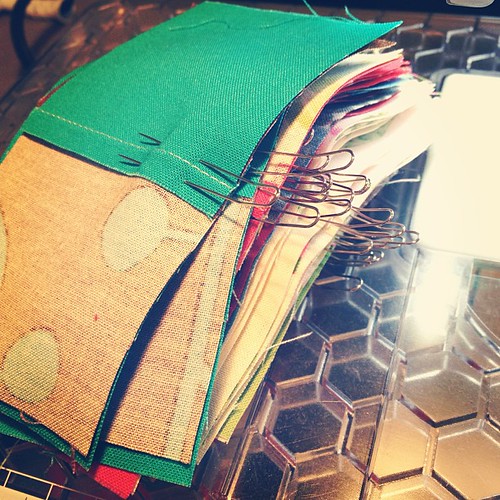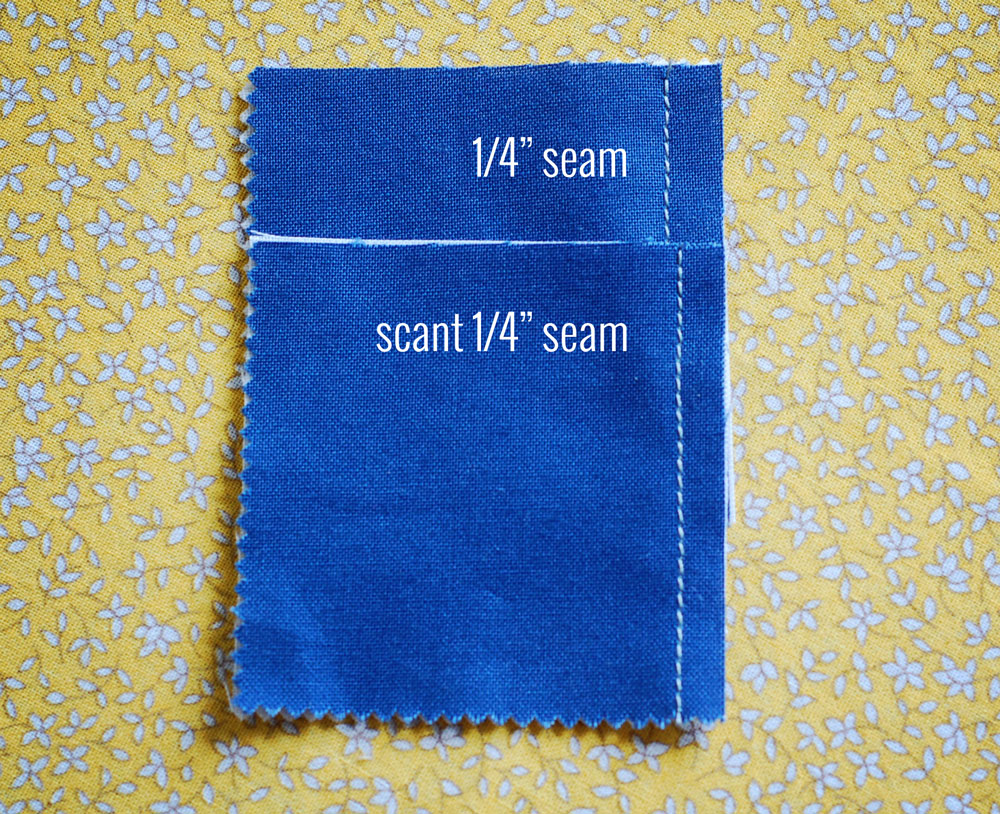Sewing Room Organization Tips and Ideas for Maximum Productivity and Creativity
Invest in clear storage bins to declutter your materials. Transparent containers allow you to see contents at a glance, saving time searching for tools and fabrics. Label each bin with its contents for even easier access, ensuring that everything is where you need it when inspiration strikes.
Utilize vertical space by installing shelving units or pegboards. These solutions free up your work surfaces and keep frequently used items within arm’s reach. Consider dedicating a section for cutting tools, another for threads, and a space for your projects in progress to facilitate a smoother workflow.
Create designated zones based on activities. For instance, set up separate areas for cutting, sewing, and embellishing. This separation minimizes the need to constantly rearrange your workspace, streamlining your creative process while enhancing productivity during crafting sessions.
Incorporate multifunctional furniture like folding tables or carts with wheels. This allows you to maximize limited space while providing versatility for different tasks. A portable cart can hold your most-used supplies and easily move around as needed, keeping everything accessible without overwhelming your environment.
Implement a color-coding system for thread, fabric swatches, or notions. Organizing by color not only adds aesthetic appeal but also helps in quickly locating your materials when planning a project. Consider using color swatches or cards to assist in visual matching during the designing process.
Maximizing Space with Vertical Storage Solutions
Consider wall-mounted shelves to keep fabric, threads, and tools accessible yet out of the way. Use adjustable shelves to cater to varying heights of supplies, allowing customization according to needs.
Utilizing Pegboards
Pegboards serve as versatile storage options. Install them above a workspace to hang scissors, rulers, and other frequently used equipment. This approach keeps items visible and avoids clutter.
Fabric Bins and Racks
- Opt for tiered fabric racks that let you display materials by color or type, making selection easier.
- Use clear bins on higher shelves to store less-used items like seasonal fabrics, ensuring they remain visible.
- Label boxes to enhance recognition, saving time during projects.
Maximize closet space with multi-tiered hangers for storing spools of thread or ribbons, allowing quick access and maintaining order.
Employ sliding organizers within cabinets, utilizing deep spaces and ensuring ease of access to all items.
Incorporate magnetic strips to hold metal tools and supplies. This unique approach allows quick retrieval while utilizing wall space effectively.
Implementing Clear Bins for Fabric and Notions
Utilize transparent bins for storing fabric and small supplies. This allows for quick visual identification, saving time during projects. Choose bins with varying sizes to accommodate diverse fabric lengths and assorted notions.
Labeling for Efficiency
Add labels to each bin indicating the contents. Consider using a color-coded system to categorize by fabric type or project. This enhances accessibility and minimizes rummaging through multiple containers.
Stacking and Arrangement
Opt for stackable clear bins to maximize vertical space. Arrange them by frequency of use, placing commonly accessed items at the top. This approach promotes an uncluttered area, facilitating a more focused crafting experience.
Categorizing Tools for Quick Access and Use
Group your instruments by type and usage frequency. For instance, designate a drawer or container for cutting tools such as scissors, rotary cutters, and knives. A separate bin can house measuring instruments like rulers, tapes, and markers. This layered approach minimizes the time spent searching for a specific item.
Utilize Clear Containers
Employ transparent storage solutions to easily identify contents. Stackable boxes work well for smaller items like pins or threads, while larger bins can accommodate bulky equipment. Label each container to enhance visibility and quick retrieval. Consider color-coding for visual categorization based on activity type.
Create a Dedicated Workshop Area
Designate specific spots for different categories of tools. A magnetic strip can hold metal instruments, while pegboards offer customizable storage for frequently used items. Ensure every tool has its place to facilitate smooth transitions between tasks. Set aside space for new acquisitions to avoid overcrowding your setup.
Creating a Designated Area for Cutting and Measuring
Select a spacious surface that is at a comfortable height for cutting fabric safely. Consider a sturdy table or a dedicated countertop, ensuring it’s wide enough to accommodate large patterns and projects. A cutting mat will protect your table while providing a clear measuring grid.
Storage Solutions
Attach wall-mounted shelves or pegboards nearby for tools and supplies. Use clear bins or labeled boxes to keep scissors, rotary cutters, rulers, and tape measures organized and within easy reach. Rolling carts can offer additional mobile storage, allowing you to easily transport materials when needed.
Lighting Considerations
Good illumination is crucial for precision. Utilize bright, adjustable lighting to minimize shadows and enhance visibility. A desk lamp with a flexible arm can direct light exactly where it’s needed for detailed work.
Utilizing Pegboards for Easy Tool Visibility
Install a pegboard on a prominent wall to create a dedicated space for all crafting tools. Choose sturdy hooks and accessories that can hold scissors, measuring tapes, and rolls of thread. Color-code tools or arrange them by category to streamline access and improve your workflow.
Add small baskets or containers on the pegboard for holding buttons, needles, and other supplies. Clear labels can enhance identification, reducing time spent searching for items. This layout not only keeps tools visible but also frees up valuable counter space.
Periodically reassess the arrangement based on your current projects or frequently used items. This adaptability maintains an effective setup tailored to your crafting needs. Don’t hesitate to incorporate shelves or additional racks for larger tools or materials that require more storage space.
Consider a combination of vertical and horizontal pegboards to maximize visibility and accessibility. Using different heights can make it easier to reach for tools without cluttering work surfaces. Integrating a whiteboard section can be beneficial for tracking upcoming projects or reminders.
Incorporating a Inspiring Design to Boost Creativity
Create a dedicated space for creative pursuits by incorporating bold colors that resonate with your personal style. Consider painting walls in hues that stimulate your senses, like warm yellows or calming blues. These choices can enhance your mood and spark inventive ideas.
Add visual elements, such as inspiring quotes or artwork, to create an uplifting atmosphere. Hang a bulletin board filled with fabric swatches, sketches, or photographs that ignite your imagination. Rotating these visuals periodically keeps the inspiration fresh.
Select furniture that complements your workflow. A large table allows ample space for projects, while a comfortable chair can promote longer and more productive sessions. Ensure natural light fills the area; windows or bright lamps can alleviate fatigue and add to the ambiance.
Incorporate plants or greenery to bring life to your space. Studies show that nature can boost creativity and focus, so consider small pots or hanging plants that enhance the aesthetic without overwhelming the area.
Introduce various textures through different materials. Use baskets for storage and soft fabrics for a cozy touch, creating contrast that keeps the environment engaging. Swap out decorative items periodically to maintain visual interest and a sense of novelty.
Design a corner specifically for inspiration. This could include a cozy nook with cushions, a bookshelf filled with craft books, or even a display of finished projects. Having a dedicated area allows for reflection and encourages you to revisit your creative journey.
Finally, consider personalizing the area with handmade items or projects that showcase your skills. This not only builds a sense of pride but also serves as a constant reminder of your creative capabilities, inspiring future endeavors.
Q&A: Sewing room organization
How can quilters maximize a small sewing space while keeping sewing supplies and fabric stash organized?
In a small sewing area, using vertical wall storage, small containers, and multi-purpose sewing furniture helps organize your sewing efficiently. Keeping a fabric stash in clear storage containers, storing quilting rulers vertically, and ensuring sewing supplies are easily accessible allows quilters to make the most of limited floor space while maintaining a tidy sewing setup.
What are some creative ideas for sewing room organization that support a productive work area?
Ideas for sewing room organization include incorporating a peg board for sewing tools, using a sewing cabinet or dresser for hidden storage, and placing a cutting table near your sewing machine for workflow efficiency. These solutions transform a cluttered sewing space into a well-structured work area where everything is close at hand and easy to find.
How can a dedicated sewing space improve the experience of quilting and managing multiple sewing projects?
A dedicated sewing or quilting room allows for better storage and organization, especially for fabric scraps, sewing supplies, and current sewing projects. With a designated sewing desk, ironing board, and fabric storage, quilters can keep their room for sewing clean and focused, leading to smoother project management and more time to keep sewing.
Why is it helpful to use printables and sewing room organization ideas when planning your sewing studio layout?
Using free printable planners and sewing room organization ideas helps when arranging your sewing studio by identifying the best layout for your sewing table, fabric and sewing supplies, and design wall. These tools guide decisions that improve workflow, enhance the use of space, and keep your creative space inspiring and efficient for all types of sewing and quilting.
How can organized sewing strategies help transform your sewing room into the best sewing room for creativity and productivity?
Implementing organized sewing strategies such as designated room storage, labeled bins, and defined zones for tools and fabric can transform your sewing area into the best sewing room. This enhances your workflow, reduces clutter, and creates a peaceful work space where creativity can thrive.
What are some space-saving storage ideas for a craft room that also serves as a guest room?
In a craft room that doubles as a guest room, use multi-functional furniture like fold-away tables and under-bed storage to maximize room storage. Wall-mounted shelving, slim cabinets, and baskets for quilt storage or pretty fabric keep the room organized while maintaining easy access to supplies when it’s time to keep your sewing going.
How can you organize your sewing room if you’re using a small space like a dining room table or shared area?
To organize your sewing room in a small space like a dining room table, use collapsible containers, rolling carts, and portable storage ideas that can be tucked away when not in use. Keep neatly folded fabric and tools in labeled bins, and position your sewing machine for quick setup and teardown, making efficient use of space in your sewing room.
Why is it important to store your fabric properly in an existing sewing space?
Properly store your fabric in your existing sewing space using bins, open shelving, or drawer organizers to protect materials and display your fabric collection clearly. Visibility helps with planning, while good organization preserves the quality of pretty fabric and keeps your organized sewing space ready for any project.



